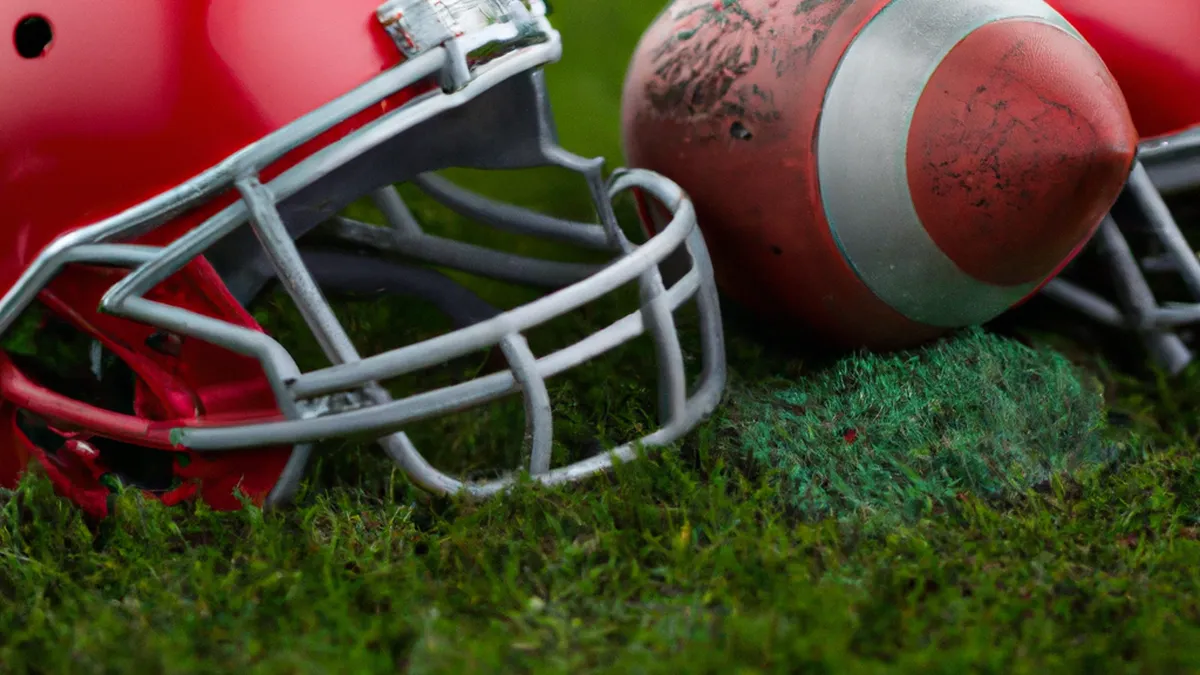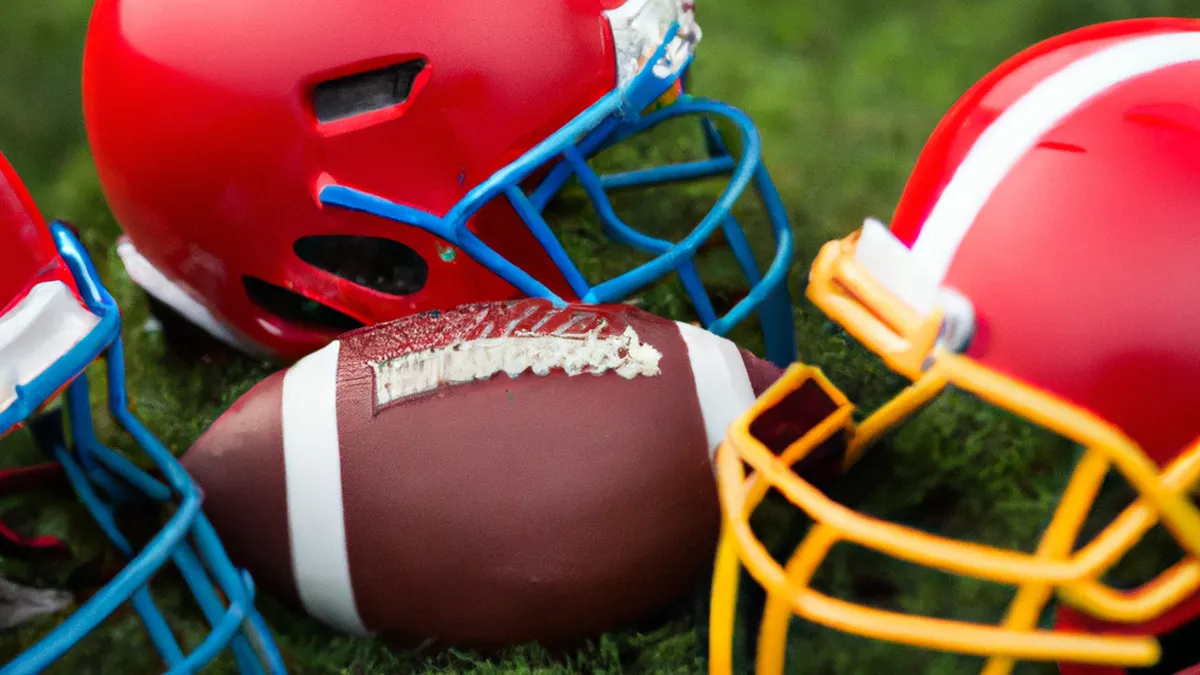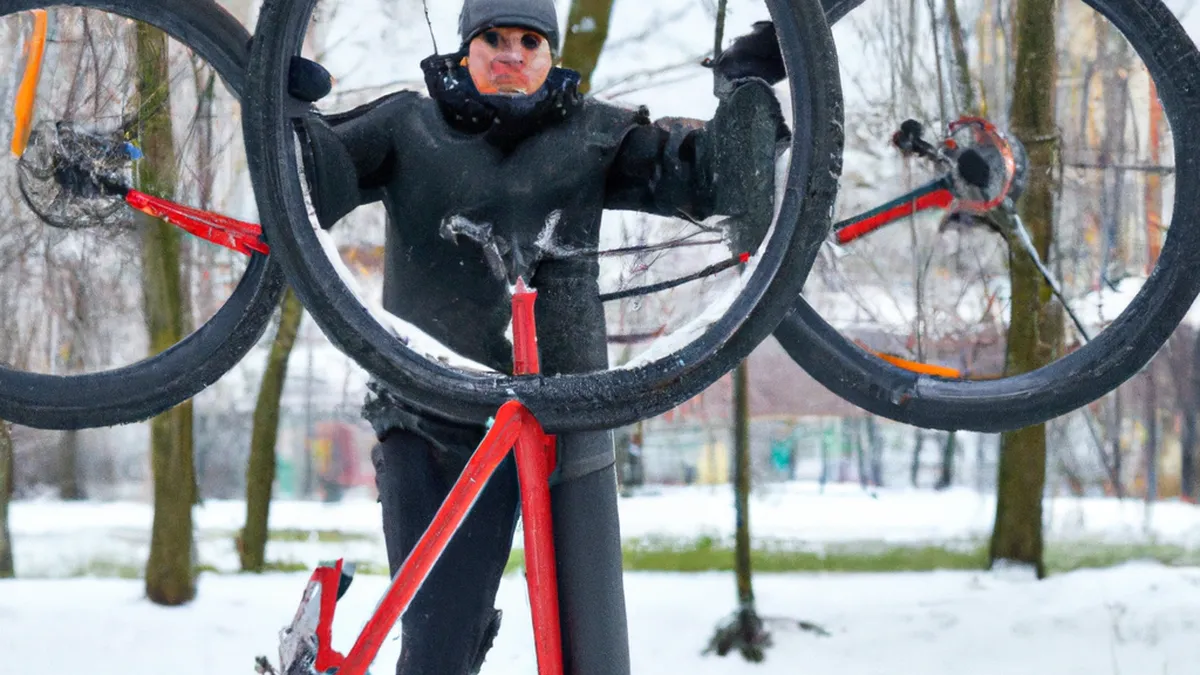Sips Matter: Hydration for Mountain Athletes
Hydration Strategies for High-Altitude TrainingTraining at high altitudes presents unique challenges. The air is thinner, and you breathe harder. Your body works overtime. Hydration plays a crucial role in high-altitude training. Proper hydration enhances performance and helps prevent altitude sickness. This blog outlines effective hydration strategies for high-altitude training.
Understand Your Body’s Needs
At high altitudes, your body loses water quickly. Increased respiration and perspiration contribute to this loss. The dry air also accelerates dehydration. Therefore, understand your body’s hydration needs.You may need more fluids than at sea level. Aim to drink 3 to 4 liters of water daily during high-altitude training. This is especially true for vigorous exercise.
Monitor Your Hydration Levels
As an Amazon Associate I earn from qualifying purchases.
Gear tip: consider electrolyte mix, soft flask, and hydration tablets to support this topic.
Track your hydration levels regularly. One effective method involves checking urine color. Light yellow indicates proper hydration, while dark yellow or amber suggests dehydration. This simple check guides your fluid intake.Weigh yourself before and after workouts. A weight loss of 1% or more typically indicates fluid loss. For every pound lost, drink 16-24 ounces of water to rehydrate effectively.
Stay Ahead of Thirst
Thirst is an unreliable hydration indicator. Often, you feel thirsty after becoming dehydrated. Instead, develop a drinking schedule. Consume fluids regularly, even when you don’t feel thirsty.Set reminders on your phone or use a hydration app. This helps you maintain a proactive approach to fluid intake. Carry a water bottle during training sessions. Easy access encourages you to drink more frequently.
Choose Hydrating Foods
Incorporate hydrating foods into your diet. Fruits and vegetables make excellent choices. Watermelon, cucumbers, and oranges contain high water content. These foods hydrate and provide essential nutrients.Make smoothies or salads part of your meals. They can be both refreshing and hydrating. Additionally, soups and broths provide hydration and electrolytes for recovery.
Consider Electrolyte Balance
Electrolytes play a critical role in hydration. They regulate fluid balance and muscle function. At high altitudes, you may lose more electrolytes through sweat. This loss can affect performance and recovery.To maintain electrolyte balance, drink sports drinks or electrolyte-infused water. You can also use electrolyte tablets or powders. Choose low-sugar options to avoid unnecessary calories.
Hydration Before, During, and After Training
Your hydration strategy should cover all training phases. Before training, drink water to start well-hydrated. Aim for at least 500 ml (about 17 ounces) a few hours before your workout.During workouts, sip water consistently. If your training lasts longer than an hour, add electrolytes to replace minerals lost through sweat.After training, rehydrate with water and electrolytes. This aids recovery and prepares you for your next workout. Include hydrating foods in your post-training meal.
Benefits of Proper Hydration
Effective hydration strategies provide numerous benefits. First, they enhance physical performance. Staying hydrated maintains energy levels and stamina, allowing for longer, harder training.Second, proper hydration reduces the risk of altitude sickness. Symptoms include headaches, nausea, and fatigue. Staying hydrated minimizes these symptoms.Finally, hydration aids muscle recovery. It helps repair muscles after intense workouts, enabling quicker returns to training.
Conclusion
Hydration is vital for high-altitude training. It impacts performance, recovery, and overall health. Understanding your hydration needs, monitoring levels, and staying ahead of thirst are key strategies. Incorporating hydrating foods and maintaining electrolyte balance enhances your training experience.Follow these hydration strategies to optimize your high-altitude training. You’ll perform better, recover faster, and enjoy training in the mountains. Remember, staying hydrated involves a comprehensive approach to health and performance. Drink up and reach new heights in your training!
Below are related products based on this post:
FAQ
Why is hydration important for high-altitude training?
Hydration is crucial for high-altitude training because the body loses water quickly due to increased respiration and perspiration. Proper hydration enhances physical performance and helps prevent altitude sickness, which can include symptoms like headaches and fatigue.
How can I monitor my hydration levels effectively?
You can monitor your hydration levels by checking the color of your urine. Light yellow indicates proper hydration, while dark yellow or amber suggests dehydration. Additionally, weighing yourself before and after workouts can help gauge fluid loss; a weight loss of 1% or more typically indicates you need to rehydrate.
What foods should I eat to stay hydrated during high-altitude training?
Incorporating hydrating foods such as fruits and vegetables can significantly aid in hydration. Options like watermelon, cucumbers, and oranges have high water content and provide essential nutrients, while smoothies, salads, and soups can also contribute to your hydration needs.















Post Comment